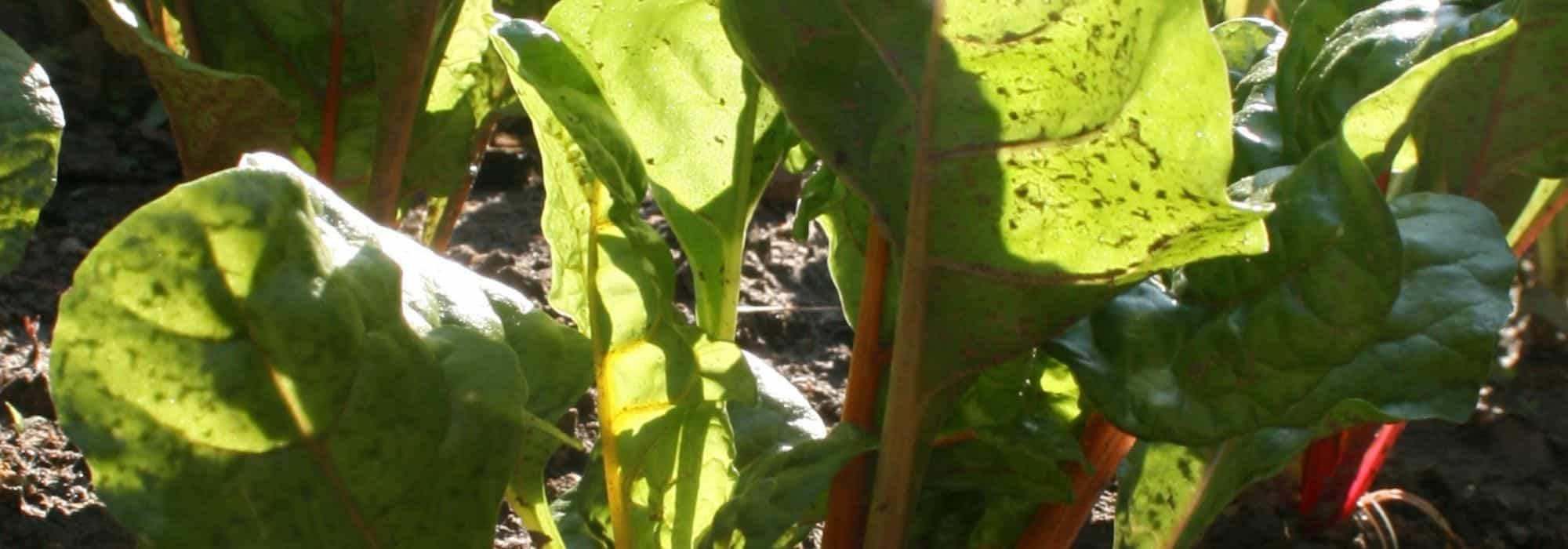
Diseases and pests of Swiss chard
Learn to spot, prevent, and treat them naturally
Contents
Whether called chards, Swiss chards, or leaf beets, these leafy vegetables are equally appreciated in the garden and in the kitchen first for their delicious, crunchy midribs, but also for their leaves, which are similar to those of spinach. You can even vary the pleasures by choosing varieties with colourful cardes in white, red, or yellow. Easy to grow and with rapid growth, chards (Beta vulgaris var. cicla) are ultimately only threatened by drought. Regular watering is essential! Quite vigorous, chards are nonetheless susceptible to a few fungal diseases, often due to weather conditions and pest attacks. Discover with us how to detect diseases and pests of chards, and especially how to prevent and treat them naturally.
Downy mildew, the disease caused by high humidity
Downy mildew can affect chard like many other vegetables, especially under favourable conditions, namely constant humidity and temperatures above 15 °C. It generally appears between late spring and early summer. It is caused by various fungi that overwinter in the form of mycelium.
Symptoms
The leaves of chard become covered with white to yellowish spots on the upper side. A grey, powdery fluff appears on the underside. The spots spread everywhere and the leaves dry out. Growth is interrupted as the disease spreads to the petioles and stems.
Prevention
- Plant your chard plants spaced at least 30 to 40 cm apart to allow air circulation
- Water the chard at the base, avoiding wetting the foliage, and mulch the soil to prevent water splashes
- Practice strict crop rotation of at least 3 years
- Keep the soil loose by regularly hoeing
- Apply a horsetail decoction treatment, renewing it every two weeks.
- In case of a significant risk of attack, spray with Bordeaux mixture. In humid weather, plan for 2 to 3 sprays at 10-day intervals.
Control
- Remove and burn affected leaves as soon as the first signs of disease appear
Cercospora leaf spot caused by Cercospora beticola
Leaf spot is a fungal disease caused by Cercospora beticola that develops when temperatures are sufficiently high (at least above 25 °C) and humidity is present. Leaf spot often appears in early summer.
Symptoms
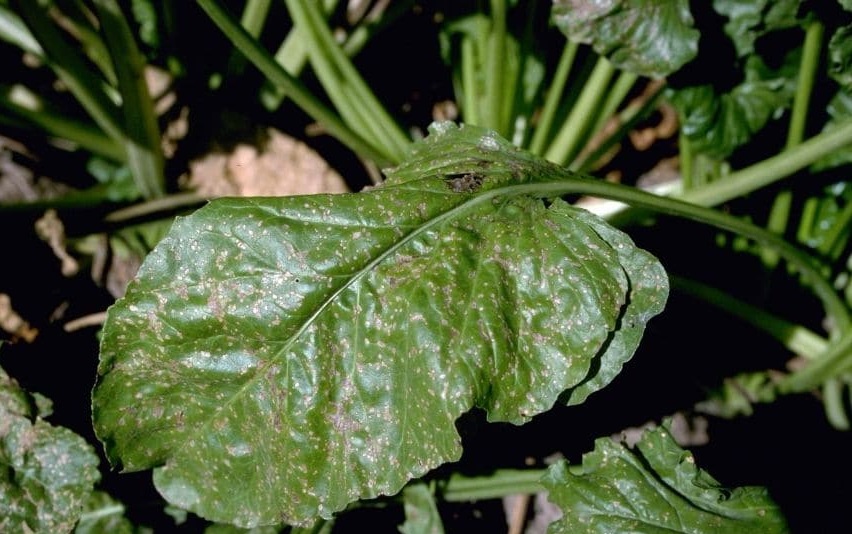
Cercospora beticola on a beet leaf (Howard F. Schwartz, Colorado State University)
Round spots with a slightly reddish border appear on the leaves. These spots deepen and then spread to join together. The leaves yellow and dry out. Swiss chard will produce little, as the roots are affected.
Prevention
- Implement a strict crop rotation of at least 4 years
- Space Swiss chard plants at least 30 to 40 cm apart during planting
- Avoid wetting the foliage during watering. It is preferable to water at the base
Control
- Reduce watering at the first signs of the disease
- Remove and burn affected leaves to destroy the fungal spores
- Apply a treatment based on Bordeaux mixture, to be repeated once.
Discover other Swiss Chard seeds
View all →Available in 1 sizes
Available in 1 sizes
Available in 1 sizes
Available in 1 sizes
Available in 1 sizes
Available in 1 sizes
Available in 1 sizes
Available in 1 sizes
Available in 1 sizes
Available in 1 sizes
Rust, the disease of mild and humid periods
Another disease that finds a favourable environment in humid and mild periods. These climatic conditions facilitate the development and dispersion of the spores of this fungus.
Symptoms
Small yellowish to orange pustules appear on the undersides of the leaves, sometimes on the petioles and stems. They then turn brown and eventually black. Yellow bumps can be seen on the upper side of the leaves.
Prevention and control
- Avoid planting too closely and space plants at least 30 cm apart
- Water at the base of the chard plants and cover the soil with mulch
- Make repeated sprays of horsetail decoction in winter and spring on the affected beds. Sprays can be repeated on young plants.
- At the first signs of rust, destroy the affected plants by fire.
Read also
How to make horsetail manure?Heart rot in chards
Jaundice is a disease quite specific to Swiss chard and beetroot, caused by aphid bites. Swiss chard jaundice generally manifests in late spring and early summer.
Symptoms
Swiss chard jaundice strikes at the heart of the plant, towards the lamina. The leaves turn a characteristic lemon yellow and become distorted. Subsequently, the leaves thicken and become brittle. Red-brown spots appear on the rest of the leaves.
Prevention and control
Combating Swiss chard jaundice involves fighting the aphids that are vectors of the disease.
The black aphid, vector of diseases
It is mainly black aphids that attack Swiss chard, particularly the leaves which they feast upon. While aphids are not a threat in themselves, it is primarily their bites that are problematic. They indeed create openings for diseases such as sooty mould or yellowing of Swiss chard.
To prevent aphids from settling in, avoid using overly nitrogen-rich fertilisers. When the first aphids arrive, and only if the weather is dry, you can give the leaves a quick blast of water. Do this “watering” in the morning so that the leaves can dry properly.
If aphids are established, spray with 5 tablespoons of black soap diluted in a litre of warm water.
Encouraging biodiversity in a garden allows for the long-term reappearance of natural aphid predators such as ladybirds.
The flea beetle, the jumping beetle
The flea beetle is a small beetle that is green-blue or black in colour. They hibernate in the soil and appear in spring when temperatures reach 20 °C. They easily jump from young plant to young plant and start laying eggs in May.
Symptoms
Both adult flea beetles and their larvae eat the leaves and create holes in them. If the attack is severe, the Swiss chard will decline.

Flea beetles create small holes in the vegetables they attack (© FarceRéjeanne)
Prevention and control
As the flea beetle enjoys warmth, watering the leaves in the morning can help, while being cautious of the risk of fungal diseases. The best approach is to apply a thick mulch to retain moisture. Early sowing and planting of Swiss chard can also help limit risks.
If you spot the first flea beetles, immediately spray an infusion of tansy or wormwood. Repeat the operation a week later.
The chard fly or pegomya
This small fly primarily targets beetroot, spinach, and Swiss chard. Pegomyia betae lays its eggs on the underside of the leaves. The larvae then penetrate inside the leaves, which dry out in patches and appear scorched. Upon closer inspection, the larvae can be seen beneath the epidermis of the leaves.
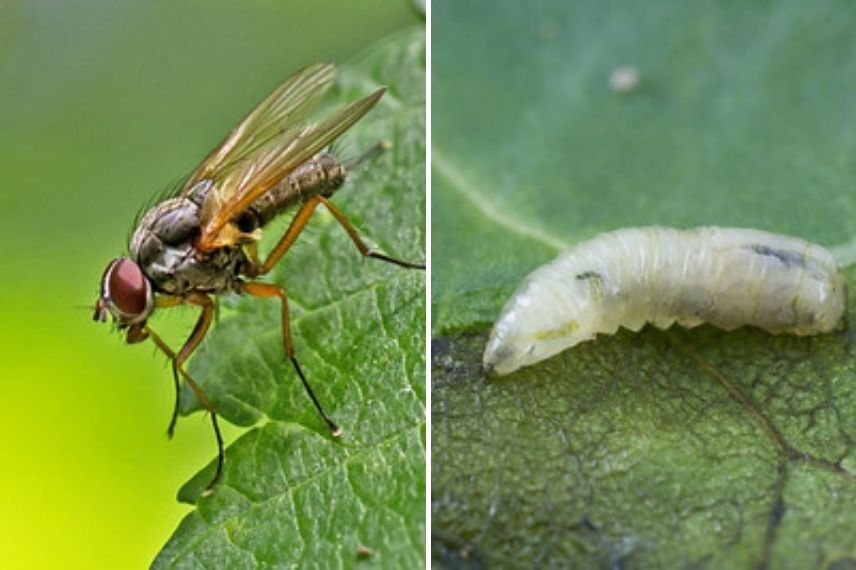
Adult fly and larva of Pegomyia betae
The only way to prevent an attack is by installing an insect net that prevents the flies from laying eggs. Once the larvae are inside the leaves, pulling them out and burning them remains the only way to eradicate them.
The brown bug, leaf-eater of over-ripe chard
These bugs (Coreus marginatus), brown in colour, love rhubarb but can also attack the stems and leaves of over-ripe chard. The stems appear punctured and the leaves shrivel.
To eliminate them, handpicking is effective but tedious. Moreover, the bugs reproduce quickly! Spraying garlic decoctions can also be tried, but with no certainty.
Slugs and snails, pests for young plants of Swiss chard
Ultimately, the pests to be most wary of are slugs and snails that feast on the young foliage of seedlings emerging from the soil or recently transplanted. Although they operate at night, they are easy to spot due to the foliage chewed at the edges.
Ingrid offers you 7 ways to fight effectively and naturally against these voracious pests.
- Subscribe!
- Contents
































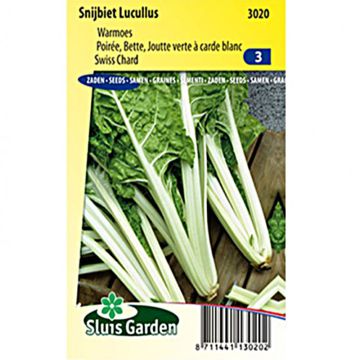
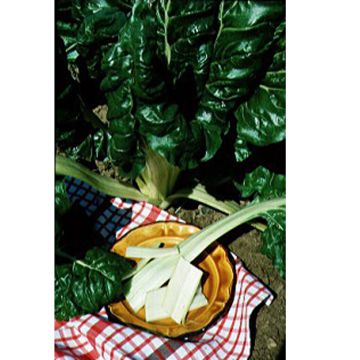

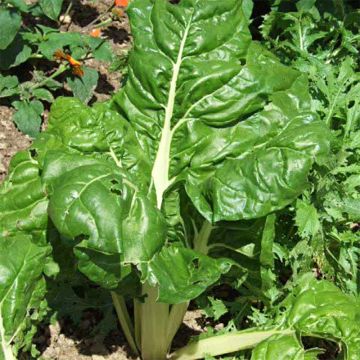
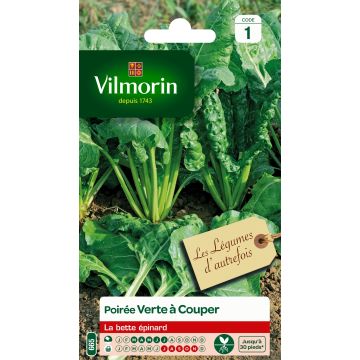
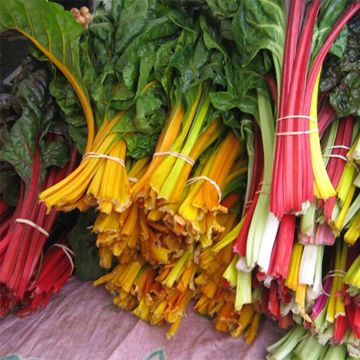




Comments